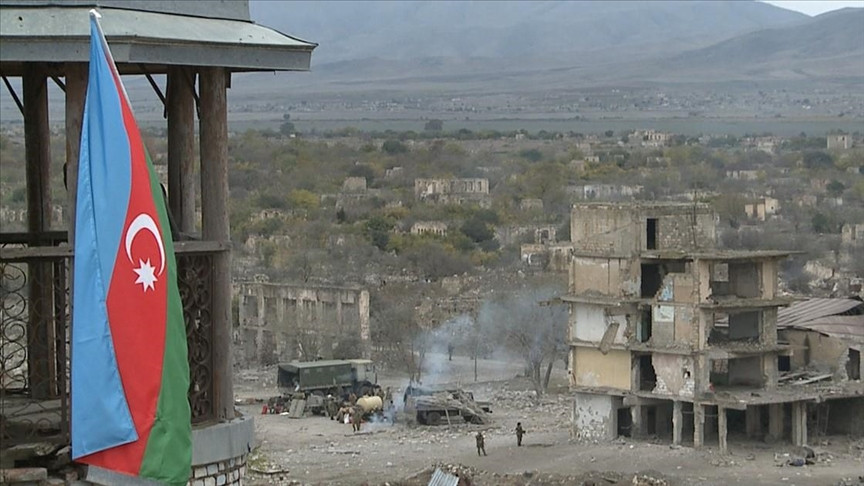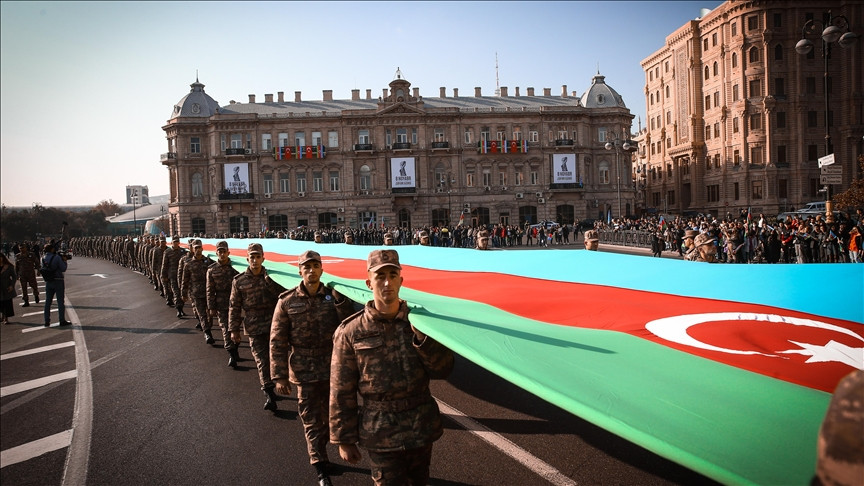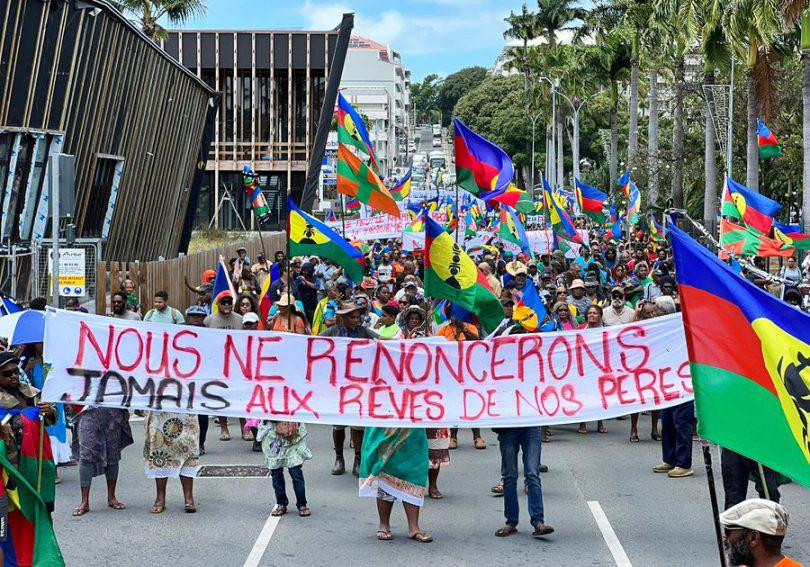Those monuments that are built as memorials to controversial historical figures, such as the colonialist leaders who played key roles in the enslaving or killing of thousands of people or to Confederacy figures in the United States, “are making their own political statements and promoting a distorted and often whitewashed version of the past.”Commemoration of the people who have committed reprehensible crimes should, thus, be condemned, despite possible counterarguments about their historical context.
Disputes about monuments to question able historical actors are not new to the South Caucasus, a region inflicted with violent ethno-territorial conflicts and military clashes. However, the recent verbal battle between the leaders of Azerbaijan and Armenia at the summit of the Commonwealth of Independent States (CIS) in Turkmenistan’s capital on October 11 has reignited the issue and brought it to the forefront of regional media over the past weeks.
One of the documents adopted at the summit related to the celebration of the 75th anniversary of victory in the Second World War. It was an appeal to the CIS and the international community to recognize the decisive role of the USSR in defeating fascism and the inadmissibility of a revision of history and glorification of Nazism
On this occasion, Azerbaijan’s President Ilham Aliyev criticized the establishment of a monument to Garegin Nzhdeh, a wartime Nazi collaborator from Armenia, in the centre of the capital city, Yerevan. In response, Armenian Prime Minister Nikol Pashinyan did not shy away from defending Nzhdeh, who had also founded a supremacist ideology called Tseghakronism (the combination of two Armenian words for “race” and “religion”) in the early 1930s.
Pashinyan praised Nzhdeh’s role in the fight against Turkey and Azerbaijan in the context of Armenian nationalist history, disregarding his involvement as the commander of the Armenian Legion of the SS in the extermination of more than 20 thousand people, mostly civilians, and in the massacres against the Azerbaijanis in the Caucasus.
President Aliyev is neither the first nor the only person to have criticized Armenia’s glorification of Nazi collaborators. In February 2018, a senior Russian lawmaker wrote an article for the newspaper Nezavisimaya Gazeta headlined “The Return of Nazism from the Baltics to Armenia,” condemning Armenia’s heroization of the “Third Reich collaborationist Garegin Nzhdeh”. A similar position has been voiced by Russia’s Ministry of Foreign Affairs.
For Holocaust scholar Dr. Efraim Zuroff, the building of the Nzhdeh monument is “an unfortunate mistake and is an insult to the victims of the Nazis and all those who fought against the Nazis”.
Not only did the government build a statue to Nzhdeh, they also gave his name to a village in Armenia’s southern Syunik province and to an avenue, a large square and a nearby metro station in Yerevan. Thus, he has become an extensively celebrated national hero in the country.
Unfortunately, he is not the only controversial historical figure in Armenia’s past whose hazardous legacy is commemorated and propagated by the country’s leaders in a way that sends a dangerous message to the society amid growing right-wing populist tendencies in official policymaking. Most prominently, the members of ASALA, an Armenian association that targeted and murdered Turkish diplomats around the world and, as such, arerecognized by many countries (including the United States of America) as a terrorist organization, are honoured as national heroes in the country.
Monte Melkonian, one of the leading figures of ASALA, is glorified by Armenians for having killed Turkish diplomats and for playing a leading role in Armenia’s war against Azerbaijan. Since Armenia gained independence in the early 1990s, statues have been built in his honour, his name has been given to educational institutions, and a foundation has been named after him. In the cemetery where he is buried, there is a memorial built in honour of ASALA. In 2014, in a live broadcast, another ASALA memorial was unveiled in the Armenian city of Vanadzor with the participation of the priests of the Armenian Apostolic Church and the national church of Armenia.
One of the most recent monuments to a war criminal was erected this year in the Armenian-dominated region of Samtkhe-Javakheti in Georgia. On January 20, the day the Azerbaijani people mourn the victims of a massacre committed by Soviet troops in Baku in 1990, Armenia ceremoniously opened a monument to Mikhail Avagyan, an Armenian military officer who took part in the extermination of hundreds of people in Khojaly village in Azerbaijan in 1992, the largest massacre committed during the conflict according the Human Rights Watch.
Taking into account ongoing conflicts, the erection of statues of “national heroes” which, by international standards, fall into the category of ‘war criminals”, undermines the efforts promoted by the OSCE Minsk Group co-chairs “to prepare the populations for peace”, an initiative which deals with the resolution of the Armenian-Azerbaijani conflict and, in general, the international efforts for promoting reconciliation in the region. On the other hand, and more dangerously, these types of monuments justify and legitimize terrorist tactics in the pursuit of alleged national causes and encourage the next generation to follow suit.
Ostensibly, the memorials and statues to terrorists and Nazi collaborators do not revive the past in a neutral way; on the contrary, they honour a specific vision of the attitude of society toward the past and shape the collective memory in an unproductive way.
The removal of these memorials from Armenia, following the example of the removal of statutes to colonialist leaders around the world and Confederate figures in the United States, is necessary to give due respect to thousands of victims. It would also be a good starting point for reconciliation between Armenia and its neighbours, makingan important contribution to the settlement of the violent conflicts in the region.








